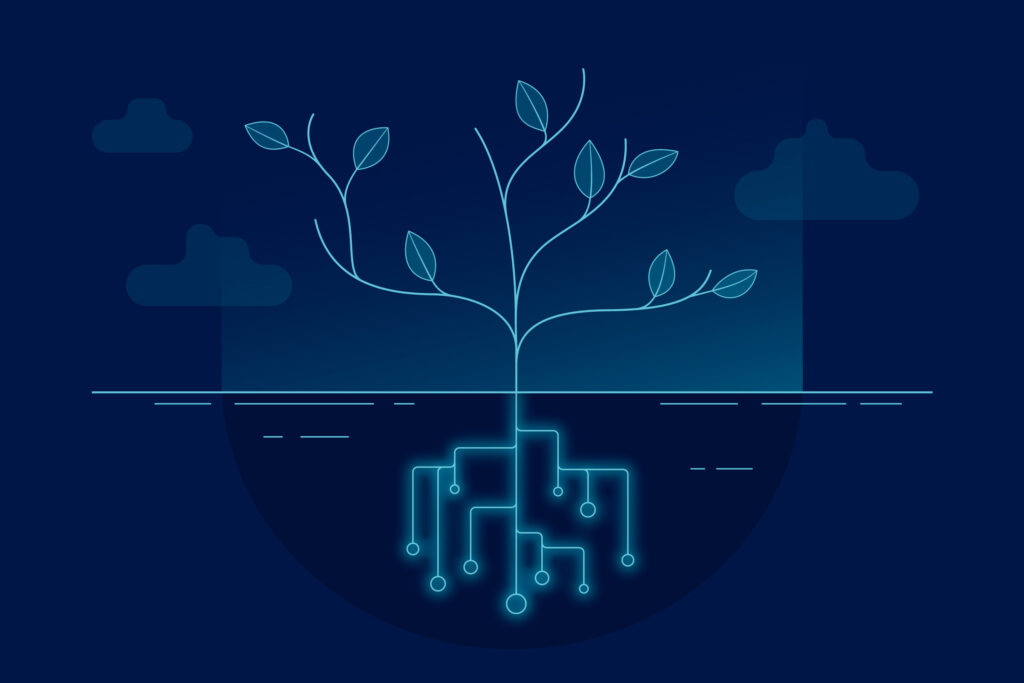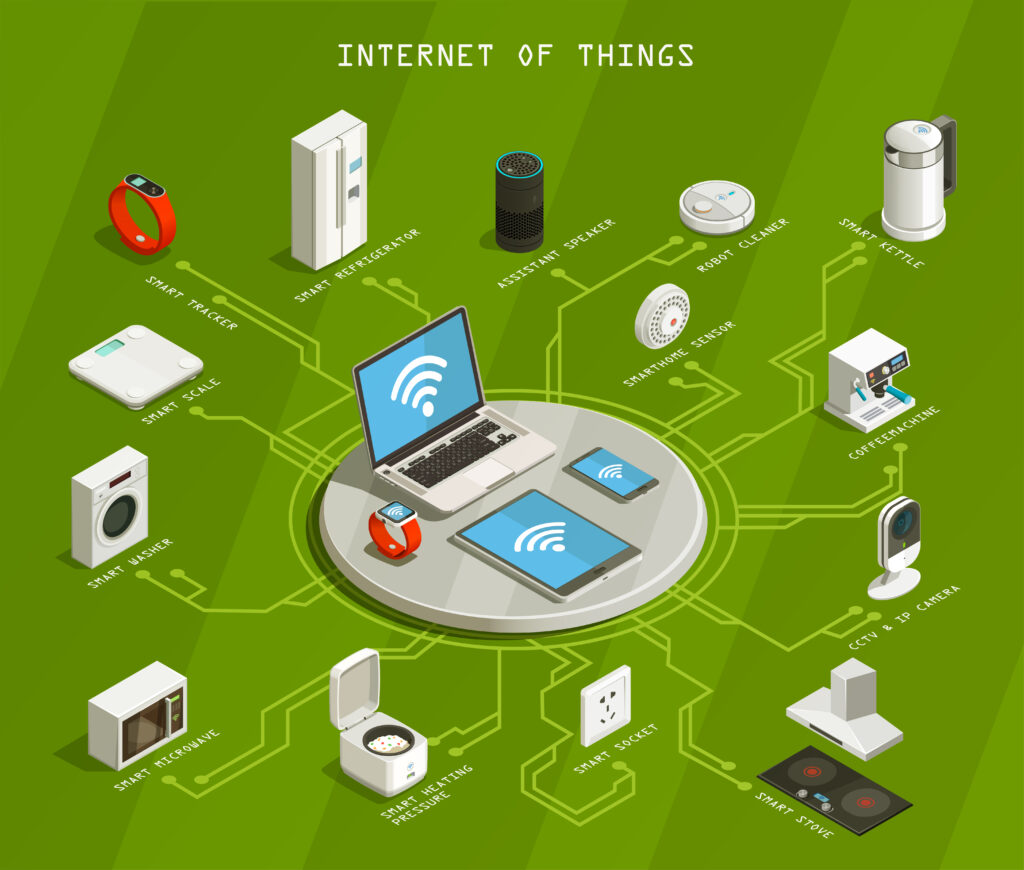"In the contemporary world, the demand for Green Technology has become pressing as we confront the repercussions of climate change. It is crucial to actively pursue inventive solutions in this regard. Leading the charge in this transformative endeavor are Green Technologies, sustainable innovations, and eco-friendly tech solutions. This article delves into how these cutting-edge developments are not only tackling environmental challenges but also reshaping numerous industries"

Table of Contents
Details about Green Technology
1. Understanding Green Technologies
Green technologies encompass a wide spectrum of innovations aimed at reducing the adverse impact of human activities on our environment. It’s not limited to a single industry but influences diverse sectors. In this article , we’ll break down the core components of green technologies and their significance.
1.1 What Are Green Technologies?
- Defining green technologies and their various names (clean technology, eco-tech)
- The historical context and emergence of these innovations.
- The overarching goal is sustainability.
1.2 The Scope of Eco-Friendly Technologies
- Diverse industries are influenced by eco-friendly technologies.
- Applications from various industries as examples.
- The global impact of these advancements
2. Advancements in Renewable Energy

Renewable energy plays a crucial role in green technology, offering a sustainable alternative to fossil fuels. In this article, we’ll explore how these innovations are revolutionizing the energy sector.
2.1 Solar Power: Harnessing the Sun’s Energy
- Improvements in solar technology.
- Photovoltaic cells and solar panels.
- Distributed energy generation and solar power plants.
2.2 Wind Energy: Capturing Nature’s Power
- Design elements of wind turbines.
- Onshore as well as offshore wind farms.
- A wind power’s capacity.

2.3 Hydropower: Tapping into Water Resources
- Traditional hydropower plants.
- Small-scale hydropower systems.
- The effects of hydropower on the environment.
3. Sustainable Transportation

The transportation sector significantly contributes to greenhouse gas emissions. Green technology is driving innovations in sustainable transportation methods.
3.1 Electric Vehicles (EVs): Redefining Mobility
- The advancement of electric cars.
- Charging infrastructure and overcoming range anxiety.
- The advantages of EVs for the environment.
3.2 Public Transit and Eco-Friendly Mobility
- Electric buses and trains.
- Shared mobility services (bike-sharing, electric scooters).
- Reducing personal car ownership in urban areas.
4. Energy Efficiency and Smart Solutions
Energy efficiency is a central focus of green technology. Smart solutions are transforming our homes and workplaces into more sustainable environments.
4.1 Smart Homes: Making Energy Efficiency Easy
- Smart thermostats and their adaptive capabilities.
- Energy-efficient appliances and their communication abilities.
- Reducing energy waste through automation.
4.2 Green Building Materials: Sustainable Structures
- Bamboo, reclaimed steel, and their uses in construction.
- Energy-efficient insulation and its environmental impact.
- Designing structures with minimal ecological impact.

5. Sustainable Innovation for a Greener World
Sustainable innovation complements green technology by introducing novel products, services, and processes that prioritize sustainability. This chapter explores sustainable advancements across various sectors.
5.1 Circular Economy Solutions: Reducing Waste
- The concept of a circular economy.
- Reducing, reusing, and recycling valuable resources.
- Innovations in waste-to-energy conversion.
5.2 Eco-Conscious Consumer Products: Meeting Environmental Demands
- The market for eco-friendly consumer goods.
- Environmentally sensitive packaging and its significance.
- Energy-saving appliances for eco-conscious consumers.
5.3 Sustainable Agriculture: Nurturing the Earth
- Precision farming practices for resource optimization.
- Reducing water and pesticide usage in agriculture.
- Promoting ecologically friendly farming practices.

6. Green Technology in Action

Exploring real-world applications of green technology, including Virtual and Augmented Reality, reveals its profound impact on our environment and daily lives. From India’s “Solar Energy for All” initiative, which brings clean and affordable electricity to millions, to the Block Island Wind Farm’s offshore turbines in the United States, powering homes with renewable energy, these projects showcase the transition to sustainable power sources. The Netherlands’ cycling infrastructure promotes eco-friendly transportation, reduces carbon emissions, and enhances public health. Innovative architecture, exemplified by Amsterdam’s “The Edge” office building, maximizes energy efficiency and incorporates rooftop solar panels. Sweden’s waste-to-energy plants convert trash into renewable energy, and Singapore leads in vertical farming for sustainable food production

7. Challenges and Future Prospects
While green technology offers promising solutions, it also faces challenges. In this chapter, we’ll address the obstacles that need to be overcome for the widespread adoption of these innovations and the future prospects they hold.
8. Policy and Regulation: Catalysts for Change
Government policies and regulations play a pivotal role in shaping the adoption and growth of green technologies. These measures provide incentives for businesses and individuals to embrace sustainable practices.
8.1 Incentives for Renewable Energy
Many countries offer tax incentives, subsidies, and rebates to encourage the installation of renewable energy systems such as solar panels and wind turbines. We’ll discuss how these policies stimulate the transition to cleaner energy sources.
8.2 Environmental Legislation
Stringent environmental laws are holding industries accountable for their carbon emissions and waste management. We’ll examine how these regulations drive companies to adopt green technologies and sustainable practices.
9. Education and Awareness
Raising public awareness and educating individuals about the benefits of green technologies are crucial steps towards a sustainable future.
9.1 Environmental Education
Schools and institutions are incorporating environmental education into their curricula. We’ll explore how these initiatives are nurturing environmentally conscious generations.
9.2 Corporate Sustainability Programs
Companies are increasingly implementing sustainability programs and initiatives. We’ll delve into the role of businesses in educating their employees and consumers about green technologies and practices.
10. Collaborative Initiatives
Collaboration among governments, businesses, and environmental organizations is key to accelerating the adoption of green technologies.
10.1 International Agreements
Global agreements like the Paris Agreement set targets for reducing greenhouse gas emissions and promote international cooperation in the fight against climate change.
10.2 Industry Partnerships
Many industries are collaborating on research and development projects to create innovative green solutions. We’ll explore some successful partnerships that have led to breakthroughs in green technology.
11. Green Technology and Job Creation
The shift towards green technologies is not only environmentally beneficial but also economically advantageous. The green economy is creating new job opportunities across various sectors.
11.1 Green Jobs Overview
We’ll provide an overview of the diverse range of green jobs, from renewable energy technicians to sustainability consultants.
11.2 Training and Skill Development
As green industries expand, training and skill development programs become essential. We’ll discuss how individuals can prepare for careers in the green technology sector.
12. Technological Challenges and Innovations
While green technologies have come a long way, they still face technical challenges. However, ongoing innovations promise to overcome these obstacles.
12.1 Energy Storage Solutions
Efficient energy storage remains a challenge for renewable energy sources. We’ll explore emerging technologies like advanced batteries and energy-dense materials.
12.2 Waste Management and Recycling
Improving recycling and waste management processes is vital for reducing environmental impact. We’ll discuss innovations in recycling techniques and materials.
13. The Role of Artificial Intelligence (AI) and Big Data
AI and big data analytics are playing an increasingly significant role in optimizing green technologies and resource management.
13.1 AI in Energy Management
AI algorithms help optimize energy consumption in buildings and industries. We’ll examine how AI contributes to energy efficiency.
13.2 Big Data for Environmental Monitoring
Collecting and analyzing vast amounts of environmental data can lead to better resource management and decision-making. We’ll explore examples of big data applications in environmental protection.
14. Citizen Engagement and Grassroots Movements
Individuals and grassroots movements have the power to drive change and hold organizations and governments accountable.
14.1 Environmental Activism
Environmental activists and organizations raise awareness and advocate for sustainable practices. We’ll highlight some influential environmental campaigns.
14.2 Sustainable Lifestyle Choices
Every individual can contribute to a greener world through sustainable lifestyle choices. We’ll provide practical tips for reducing one’s ecological footprint.
15. Conclusion: A Collective Responsibility
In closing, green technology is not merely a collection of innovations but a collective responsibility to safeguard our planet. As we continue to advance in green technology, we must recognise that our actions today will shape the world we pass on to future generations. By embracing sustainable practices, advocating for change, and fostering innovation, we can create a world where green technologies thrive, and our environment flourishes.
![]()




